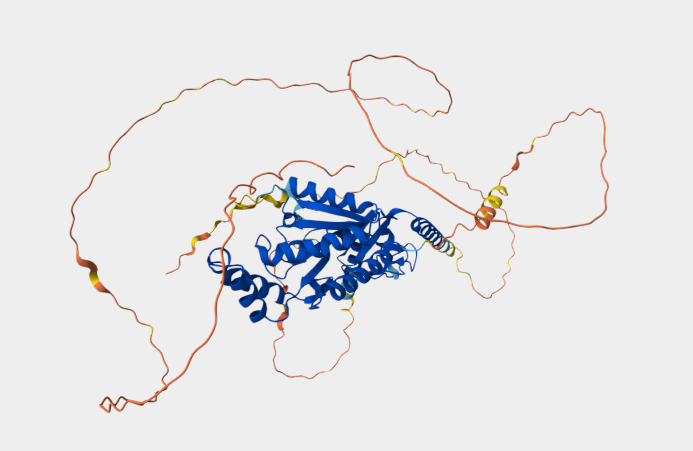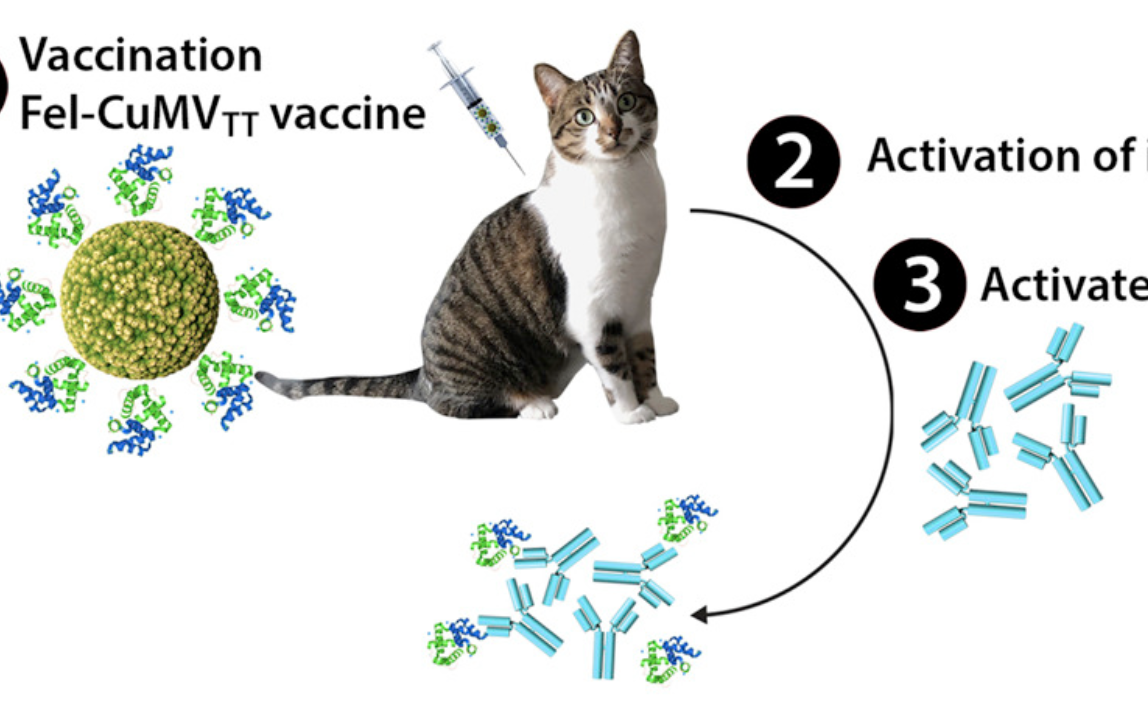Key features and details | |
Cat. No. | MABL-152 |
Name | Anti-Cavbeta1 Ca2+ channel mAbs [N7/18.1](MABL-152) |
Clone No. | AFD-N7/18.1 |
From | Recombinant Antibody |
Isotype | Engineer antibody |
Application | IP, WB, IF |
Species Reactivity | Rat, Human, Mouse |
Basic Information | |
Specificity | This antibody is specific for the Cav1 protein, regulatory subunit of L-type calcium channels. Regulates the activity of L-type calcium channels that contain CACNA1A as pore-forming subunit (By similarity). |
Alternative Name | N7/18.1R; Voltage-dependent L-type calcium channel subunit beta-1; CAB1; Calcium channel voltage-dependent subunit beta 1 |
UniProt | P54283 |
Immunogen | This antibody was raised by immunising BALB/c mice with a synthetic peptide of amino acids 19-34 of rat Cav1. |
Application Notes | The IgG2a version of this antibody was used for immunofluorescence on primary myoblasts from 1-null muscles (5, 9) infected with 1a cDNA-containing virions at a multiplicity of infection of 0.5 (Eltit et al, 2014; PMID:25384984). Immunoprecipitation has been preformed on HEK293 cell lysates using the IgG2a version of this antibody (Morgenstern et al, 2019; PMID:31403402). This antibody has been used for immunofluorescence on mouse hippocampal cultures (Held et al, 2020; PMID:32616470). |
Antibody First Published | Eltit et al. Amino acid residues 489-503 of dihydropyridine receptor (DHPR) β1a subunit are critical for structural communication between the skeletal muscle DHPR complex and type 1 ryanodine receptor J Biol Chem. 2014 Dec 26;289(52):36116-24. PMID:25384984 |
Note on publication | investigating the role of the C-terminal end of The β1a subunit in the functional and structural communication between the DHPR and the Ca(2+) release channel (RyR1). |
COA Information (For reference only, actual COA shall prevail) | |
Size | 100 μg Purified antibody. |
Concentration | 1 mg/ml. |
Purification | Protein A affinity purified |
Buffer | PBS with 0.02% Proclin 300. |
Concentration | 1 mg/ml. |
Storage Recommendation | Store at 4⁰C for up to 3 months. For longer storage, aliquot and store at - 20⁰C. |






